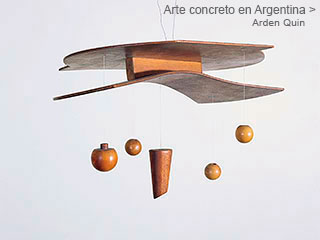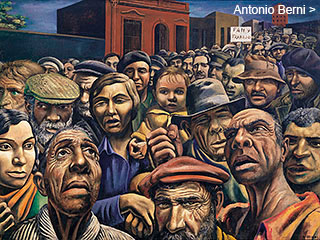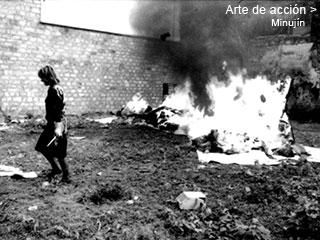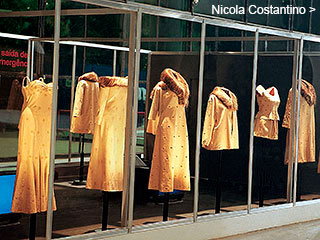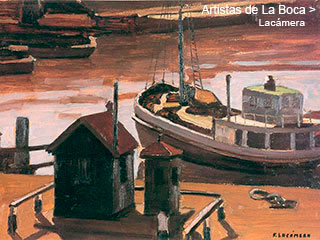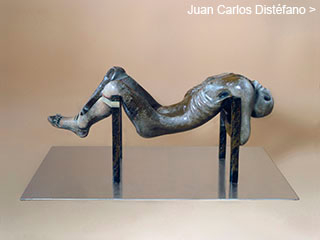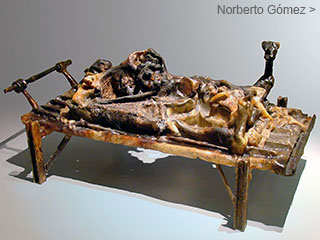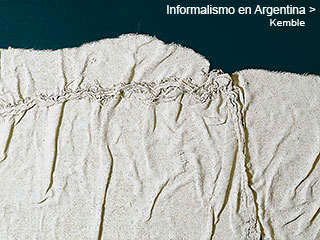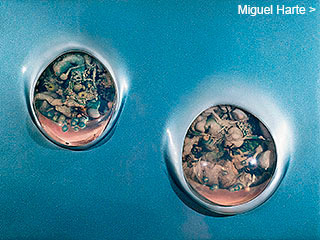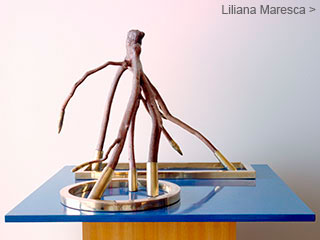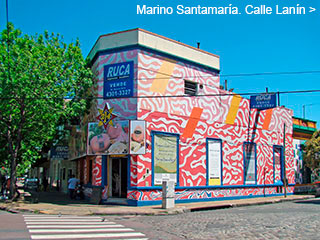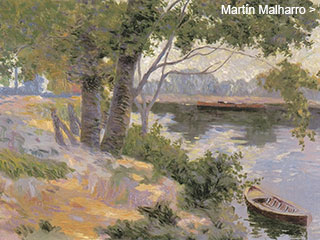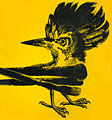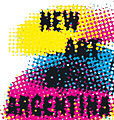Menú
Algunos dossiers
Juan Carlos
Distéfano
Distéfano
by
Adriana Lauria and Enrique Llambías
January 2003
January 2003
The dossier on Juan Carlos Distéfano spans from the time of his beginnings
as a painter to his recent works as a sculptor, a first for the CVAA. It covers
over forty years of his work and his commitment to art and reality. A special section offers a view on his work as a graphic designer, which he carried out mostly at the Di Tella Institute.
as a painter to his recent works as a sculptor, a first for the CVAA. It covers
over forty years of his work and his commitment to art and reality. A special section offers a view on his work as a graphic designer, which he carried out mostly at the Di Tella Institute.
afterwards, with Enrique Oteiza as director, an unconventional history of the arts could be heard at the exhibition rooms of its Art Centres.
[...] Alongside its Arts Centres, in order to support different activities, the institute created the Department of Graphic Design, which was run by Juan Carlos Distéfano from the beginning; once established, it became a milestone in the Argentine history of graphic design. Distéfano was a leading figure for young designers, and Guido Di Tella commissioned him the creation of a communications system that would establish the image of the institute from the outset. It was 1959 in Buenos Aires, and the vision projecting a cultural institute with a planned, deliberate image, with a graphic personality, was quite advanced.
Juan Carlos Distéfano knew his craft, having studied at a vocational school of Graphic Arts and at the School of Fine Arts Manuel Belgrano. Apart from his technical skills, his natural inspiration allowed
more


